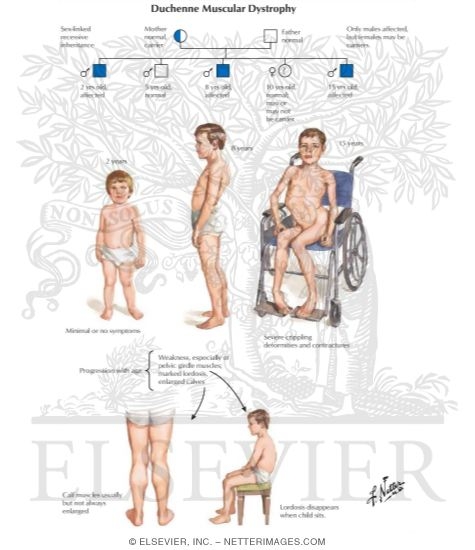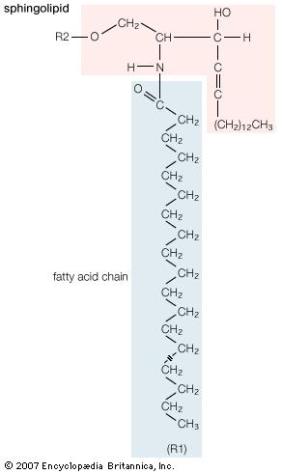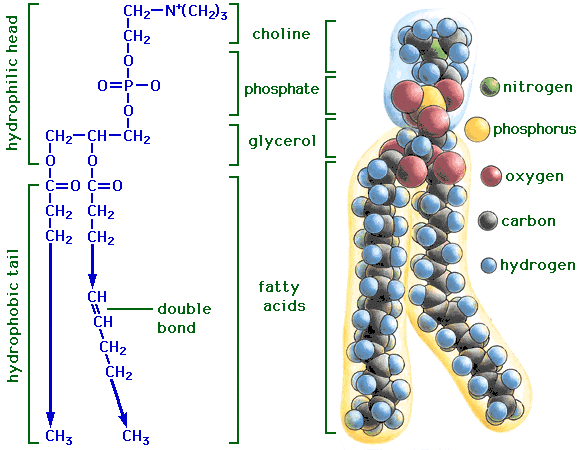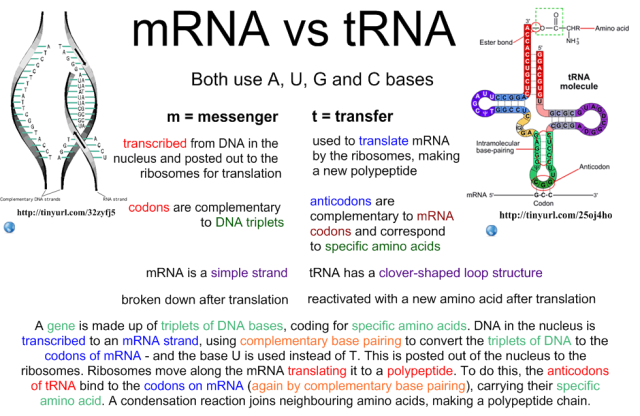
A recessive X-linked form of muscular dystrophy affecting boys caused by a mutation in the dystrophin gene which codes for a vital muscular protein(dystrophin) that provides structural integrity to the dystroglycan complex of the cell membrane. Muscle degenration occurs and abnormal bone growth and overall skeletal deformaties occurs later on in life. Death eventually results.
Reference: Accessed April 13th 2013. http://en.wikipedia.org/wiki/Duchenne_muscular_dystrophy





